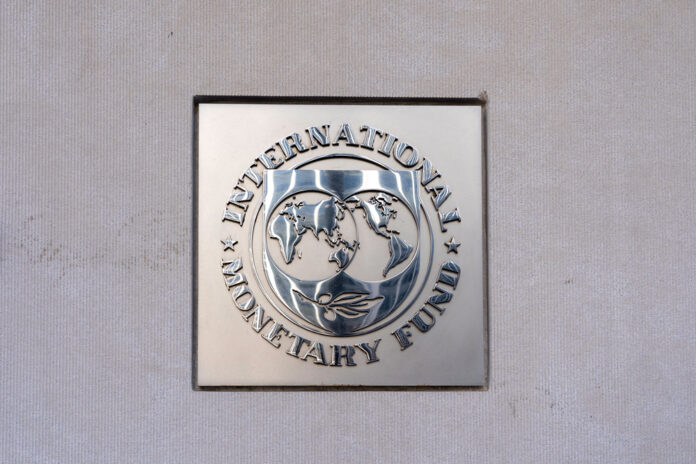The International Monetary Fund on Thursday flagged corporate debt in the Philippines as among the most vulnerable in Asia and urged the monetary authorities to keep a good eye on the matter given the prospect of higher for longer interest rate environment and a potential tightening of credit and financial conditions down the line.
It noted that Asian governments, companies, consumers and financial firms have accumulated debt well above the global financial crisis, exposing themselves to rising interest rates and heightened market volatility.
“In particular, industries that rapidly increased leverage while interest rates were low are now a key concern, especially in Asia. While we expect Asia’s growth to hold up, contributing two-thirds of global growth this year, central banks may keep rates higher for longer to tame inflation, and financial conditions may tighten further,” Jeff Kerns, which manages the IMF’s blog, said.
Kerns noted that highly leveraged or indebted companies face greater risk of default as monetary policies and financial conditions remain tight.
Even with resilient economic growth, interest payments may exceed earnings as borrowing costs rise, reducing firms’ ability to service their debts, he said.
According to Kerns, corporate debt in Asia is concentrated in firms with low interest coverage ratios. When this ratio, a measure of how much corporate earnings can cover debt interest payments, is below or close to 1, a firm may become unable to service its debts.
“As of mid-2022, 17 percent of Asia’s corporate debt was held by firms with interest coverage ratios below one, and another third in firms with interest coverage ratios between one and four.
“China, India, and Thailand had greater concentrations of corporate debt in firms with interest coverage ratios below one, a level signaling susceptibility to default. The Philippines, Malaysia, and Hong Kong had large shares of debt in companies with coverage ratios just above one, which could potentially become susceptible to default with rising borrowing costs. Across the region, a common theme is that a significant share of firms in the property and construction sector have interest coverage ratios close to or below one,” Kerns said.
He likewise noted the IM recently visited the Philippines when the Bangko Sentral ng Pilipinas (BSP) played host to the recently concluded Financial Stability Board – Regional Consultative Group for Asia conference in Cebu City where central bankers and regulators convened to discuss systemic risk in the region and how to address them given the global bank stresses.
“Financial supervisors must remain vigilant amid elevated uncertainty, high debt burdens, and rising debt service costs, and should recalibrate relevant macroprudential tools as needed to tackle pockets of vulnerability in the corporate sector. At the same time, central banks should separate monetary policy objectives from financial stability goals, using specialized tools such as liquidity and lending facilities to safeguard financial stability, while continuing to calibrate monetary policy to address inflationary pressures,” Kerns said.







